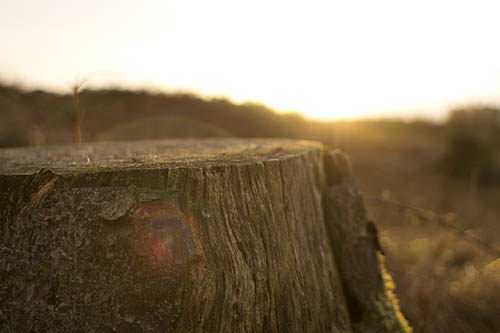Colleyville Tree disease. Sick Tree Treatment Company

Please contact us immediately Tree Arborists are available for diagnosis of your trees that are unhealthy or declining.
Tree disease and sick trees can strike without warning. If you notice your trees changing in color before the fall season, it is a good idea to call an Arborist. Colleyville tree doctoring experts can help you every season!
Do you have diseased-looking trees or sick trees?
Are your trees looking less beautiful?
Are you seeing bark in either black or brown?
Before fall, leaves turn yellowy-colored?
Our clients learn how to spot and treat tree diseases in their tree plantations. Our Arborists are experts in identifying trees and shrubs with the disease.
Tree disease identification is what we do for the last 20 years.
It is vital to identify the tree’s foliar system by looking at leaves. This is the place you can identify a problem in the leaves. It is essential to diagnose the problem immediately to prevent major damage or death.
Tree sickness can often be managed using deep root feeding, tree injections, and systemic tree-feeding. Colleyville Tree Service & Stump Grinding can help you to identify and fix problems.
We offer many treatments for Oak trees, Live Oaks, Bur Oaks, Red Oaks, Red Oaks, Cedar Elm trees, Red Oaks, Red Oaks, Red Oaks, Red Oaks, Red Oaks, Red Oaks, Red Oaks, Red Oaks, Baldcypress, Baldcypress, White Ash, and Anacua trees.
All of these trees might be affected by any disease that falls under one or more of the following categories: Infectious and non-infectious.
-
Infectious Tree Decline – This will cause tree decline caused by fungal and bacteria-related causes
-
Non-Infectious-This will be used to refer to nutrient shortages
-
Pest tree decline – Insect-related Beetle Borer
It is essential to keep an eye out for tree diseases. These are a few possible tree diseases that could affect Colleyville trees.
-
Bacterial Leaf Scorch
-
Tree Leaf Spot
-
Fire Blight
-
Post-Oak Decline
REDOAK. This tree looks very similar to Live Oaks, so spotting problems may be a little more difficult. These are the warning signs that the tree might be in serious trouble. The leaves don’t seem as happy to bloom in spring. They will turn brown or pale and then wither. The problem typically affects only one side of a tree, but the whole tree will soon be affected. Red Oaks which do not bloom when expected are signs of a serious problem. For this reason, it is important to immediately contact an Arborist. Oak wilt is a condition that can lead to the tree’s demise within three to five weeks.
Oak wilt can be caused by fungal spores in trees’ bark. Red Oaks have the ability to hide fungal spores in their bark. This is why you need to inspect them frequently. Fungal spores have a fruity odor.
CONTAMINATION and INFECTION of Oak Wilt
Contamination OF OAK WILT IN LIVE OAK TREES
Oak Wilt is spread via the root system in Live Oaks. Oakwoods, a grouping or combination of live oaks, are an example of oakwoods. Their root system often intertangles. It’s only natural that other trees will soon be infected. It is imperative to remove the infected tree as soon as possible. Infected trees can spread to the rest of the plantation. It is imperative to treat any tree that is becoming brown or not responding correctly to its seasons immediately.
CONTAMINATION OAK WILT RED OAK TREES
Here are some examples of contamination that Red Oaks and Live Oaks trees can show you:
Red Oaks. The soil contamination is what causes red oaks to wilt. To spread the disease to another tree, it is normal for a host to be required. Fungal spores from red oaks can give off a fruity aroma that attracts many insects. One example of this bug is the sap-feeding Nitidulid Beetles.
If the beetle is infected, it can spread to other trees. To avoid beetles arriving in spring, prune trees in winter.
Oak Wilt can also transmit through the body. This is accomplished by cutting oak contaminated timber and placing it wherever there is red oak. Before cutting wood, ensure that it has been thoroughly inspected before transporting it to your destination.
Root Rots are one of the Texas Tree Diseases
Water molds or fungi are degrading the root trunk tissues. This happens when a foreign object infects the tree.
Bacterial Leave Scorch: A Texas Tree Disease
The summer heat and summertime lead to the growth of the bacteria Xylella Fastidiosa, also known as bacterial leaf scorch. This bacteria is found in the tree’s water xylem. Usually, insects that eat the Xylem transmit the infection. If the tree is stressed, it can cause dieback that eventually causes the tree to stop functioning and eventually kills itself. Oak Wilt may look similar to leaf scorch and can sometimes be confused with yellowy-brown.
Colleyville residents have trusted Pest Control of Colleyville Tree Service & Stump Grinding with their lawn and garden pest problems for over 20 years.

